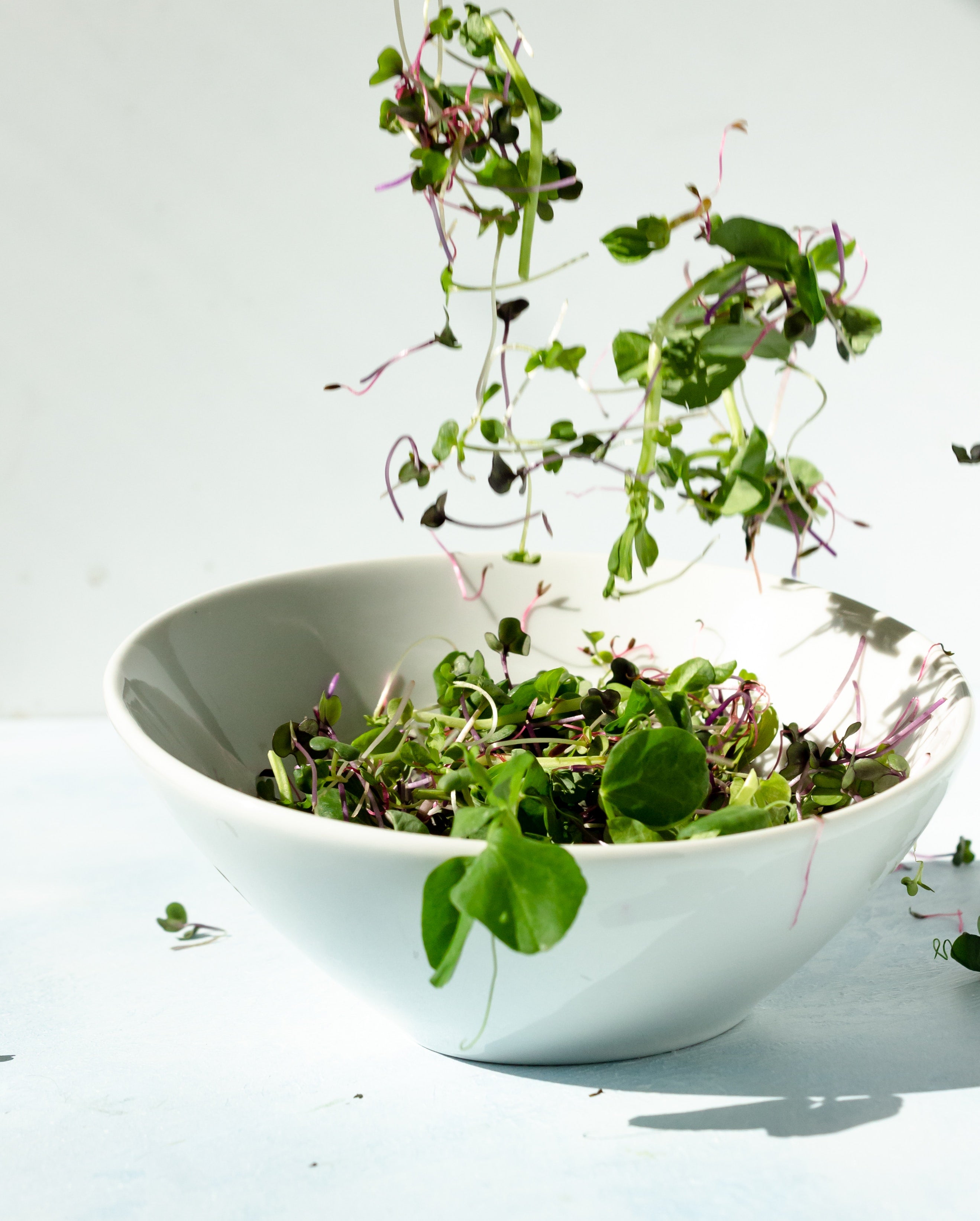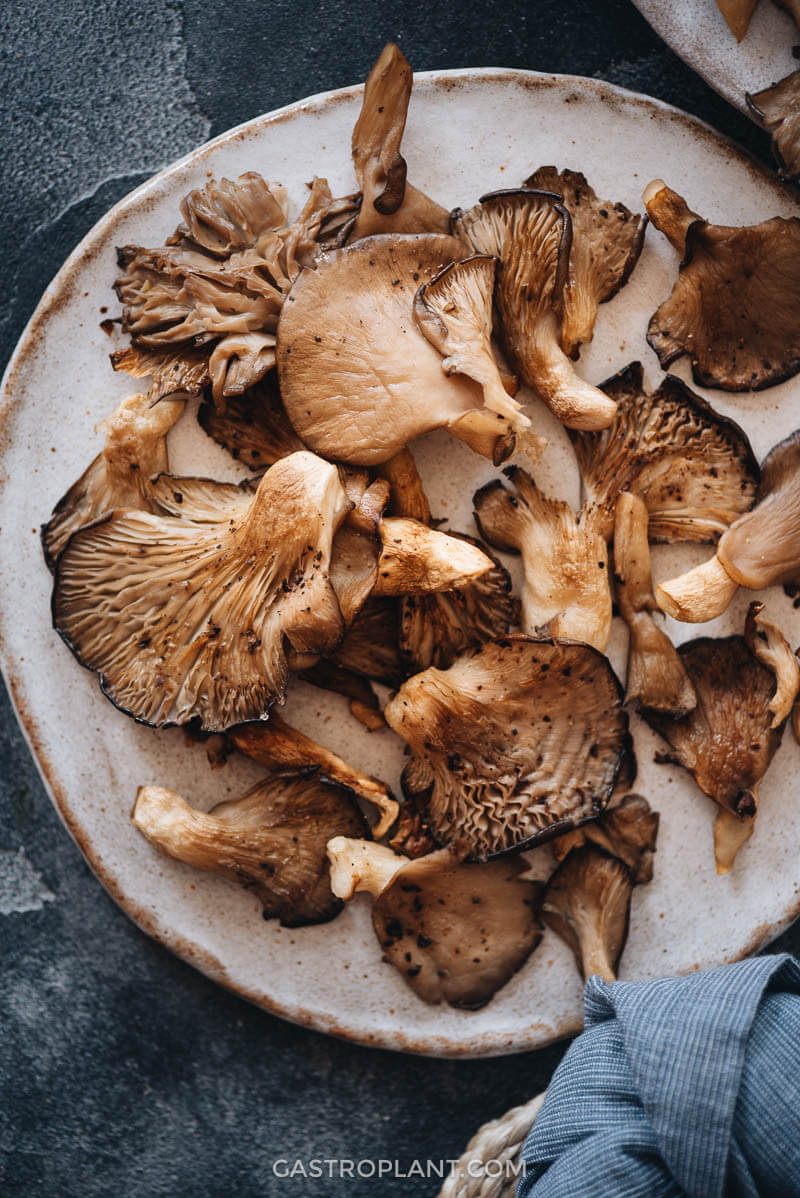How To Choose Olive Oil

With dozens of bottles squeezed into stacked tall n' full shelves, it can be intimidating to choose olive oil at the grocery store. And with facts like how the world's yield is less than what's in circulation, it really makes you scratch your head about how to choose the right bottle.
The good news, is that when you are a leader in olive oil focused on healthy agricultural practices that celebrates the flavors plants pull from the soil n' sun, you end up wrangling a lot of knowledge about the topic!
Our goods are grown to be delicious, focusing on enriching our monocultivars to make their flavor shine, while our sun-kissed Arbequina blends offer a warm and buttery ingredient that is the perfect frame for every meal.
For those who haven't had the pleasure of being next to the press as soon as a batch of olives tumble through, the scent that surrounds you smells like the color green. It's rich, with a hint of minerality -- it tastes like the orchard feels, laying back in grass under the Texas sun with the trees throwing shade across your face.
For those who are cracking open a bottle and wondering how good the gold is--
Color, you'll look for a color that's rich but clear. While fresh pressed olive oil has a hint of green to it, siphoned into our bottles it settles into a warm and buttery yellow.
Taste, olive oil should enhance flavors. While many think of olive oil primarily as a cooking ingredient, it can also be enjoyed in its purest form as a finishing touch on dishes. When drizzled over a salad, grilled vegetables, or a crusty piece of bread, it should elevate the flavors without overpowering them, adding subtle complexity and depth.
Nose, the aroma of high-quality olive oil should be fresh, fruity, and slightly grassy, with hints of herbs and a peppery finish. A good sniff can transport you to the sun-drenched groves where the olives were harvested, evoking images of Mediterranean landscapes and lazy afternoons under azure skies.
Texture is another crucial factor to consider. Premium olive oil should have a smooth and velvety mouthfeel with no greasiness or stickiness. Swirling it around in your mouth should coat your palate evenly, leaving a pleasant sensation that lingers long after you've swallowed.
Lastly, the labeling should be authentic and transparent. A reputable producer will provide information about the olive varieties used, the region of origin, and the harvesting and pressing methods employed. Certification seals such as PDO (Protected Designation of Origin) or PGI (Protected Geographical Indication) can also indicate quality and authenticity.






